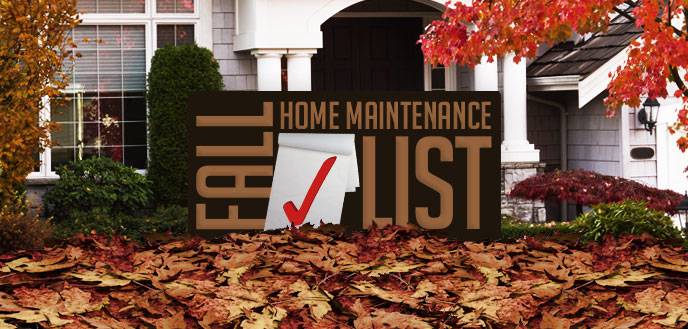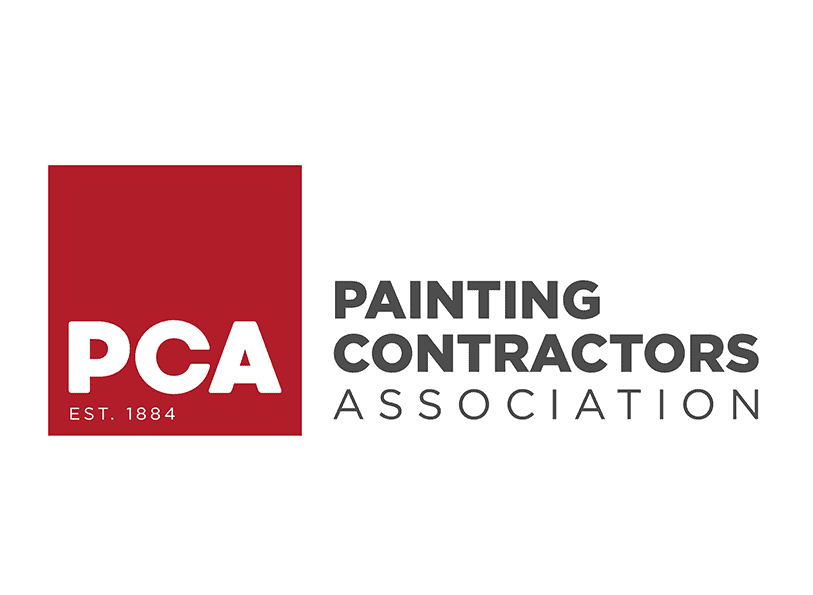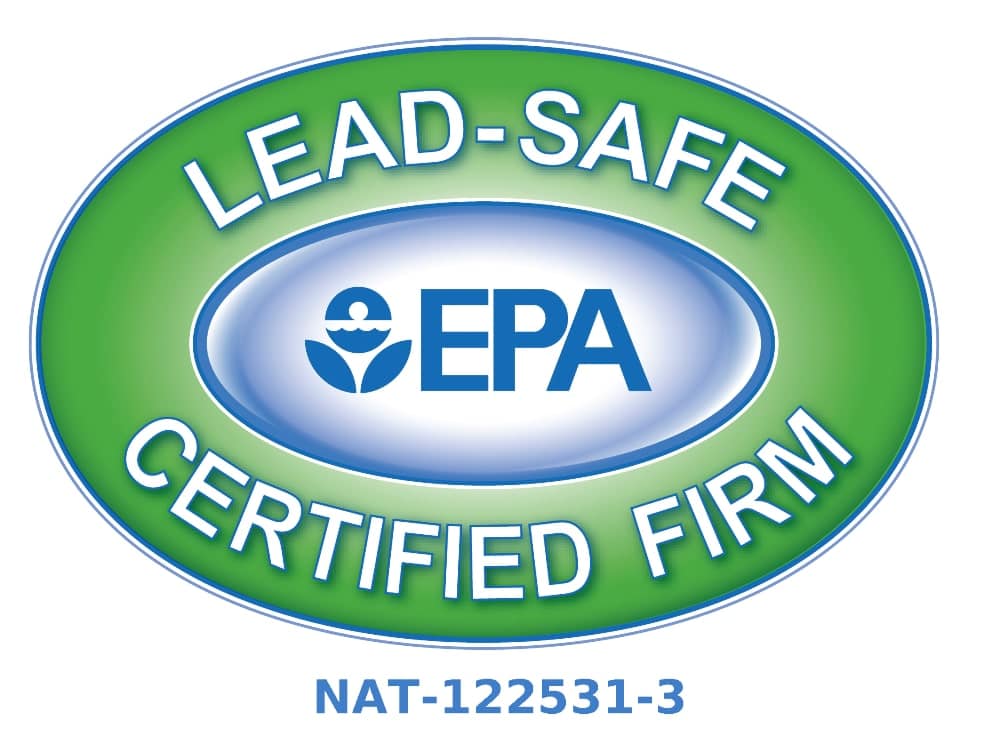
04 Oct Ten Tips for your Fall Checklist
- Refinishing and painting wood decks or fences are best done in fall or spring when the temperatures are less extreme. Staining a wood surface doesn’t do well in high heat or freezing temperatures.
- You can install wood floors any time of year, but they do best when the humidity and temperature are lower.
- Late fall, after all the leaves have dropped, is a great time to clean your gutters!
- Summer is a popular time for renovations projects, so why not schedule a project for fall when contractors might be less busy?
- Fall is a good time for exterior painting! As long as the temperature remains above 35-degrees, we can get the work done.
- Check your home’s exterior for any cracks or wood rot as these need to be remedied sooner rather than later – and before any exterior painting.
- Replace weather-stripping and caulking that has been compromised to keep your home more energy-efficient.
- The end of summer is a great time to professionally power wash outdoor surfaces.
- Spring, summer, and fall are ideal for roof repairs and replacement. You don’t want workers on a roof where they could be ice.
- Fall is an excellent time for interior painting. Actually, any season is suitable for painting interiors. As long as there isn’t too much humidity, and we can control the inside temperatures, we can remove wallpaper, prep walls, and paint.
FAQ
Why is fall a good time to paint my home’s exterior?
Fall offers cooler temperatures and lower humidity, which are ideal conditions for paint to dry evenly and adhere properly. Painting in fall also helps protect your home’s exterior from winter weather by addressing issues like peeling paint or cracks before they worsen.
What should I include in my fall painting checklist for preparation?
Before starting a painting project, ensure you have all necessary supplies such as quality paint, primers, brushes, rollers, painter’s tape, and drop cloths. Additionally, prepare surfaces by cleaning walls, repairing cracks or holes, and power washing the exterior to remove dirt and mildew for better paint adhesion.
How can I protect my home’s interior and exterior during a fall painting project?
For interior painting, cover furniture and floors with protective sheets or old cloths to prevent paint splatters. Remove or tape over wall plates and outlets. For exterior projects, protect landscaping and outdoor fixtures with drop cloths and ensure proper ventilation if working indoors during cooler fall days.
What type of paint or finish should I choose for a fall home painting project?
Opt for paints that suit the specific needs of each area. For high-traffic or humid spaces like kitchens and bathrooms, use durable semi-gloss or satin finishes that are easy to clean. For walls with imperfections, a flat or matte finish can help hide flaws. Also, consider warm, autumn-inspired colors to enhance the seasonal ambiance.
How can I ensure a professional-looking paint job during fall?
Pay attention to temperature when painting; avoid working in freezing conditions or on hot surfaces as this can affect drying and adhesion. Work in small sections, maintaining a wet edge to avoid lap marks, and use proper techniques like cutting in edges before rolling. Lastly, remove painter’s tape before the paint fully dries to prevent peeling.

Mike Katounas is the owner of Home Works Painting, a painting business in Northern Virginia. He has over 15 years of experience in residential interior and exterior painting, drywall installation/repair, carpentry, wallpaper removal, power washing, commercial painting, color consultation, and staining/sealing. Their service areas include Chantilly, Fairfax, Herndon, Oakton, Reston. Mike takes pride in his work, and he always follows a strict code of conduct that includes the use of quality paint, a clean workspace, and an honest, respectful approach to his customers.












Sorry, the comment form is closed at this time.